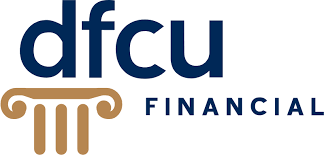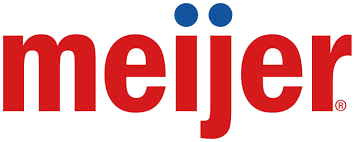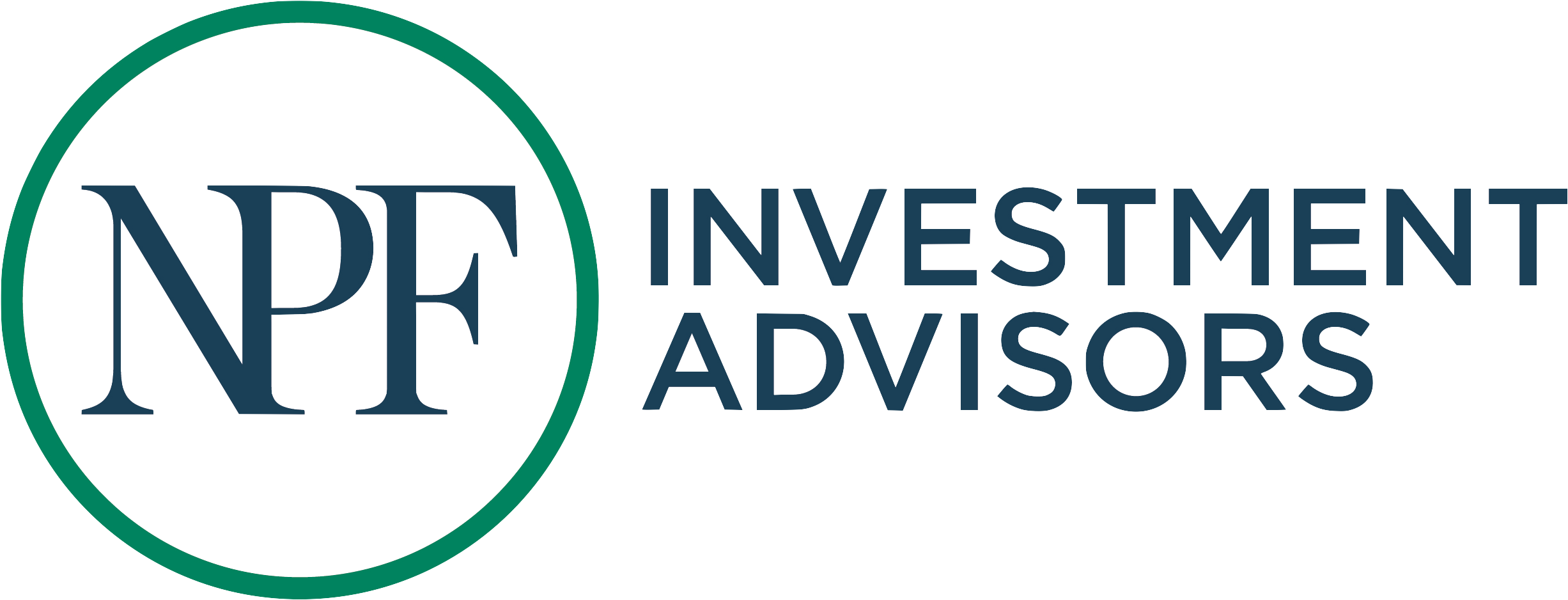
High school science teacher Janyce Huff says the new data collection devices funded by a grant from the Foundation last fall have been invaluable during hands-on experiments this school year.
“All biology classes have used the carbon dioxide and oxygen probes when studying cellular respiration and photosynthesis,” Huff says. “The data collected allowed students to calculate the rates of respiration and photosynthesis. They then could vary the conditions (different temperatures, acidic or basic conditions, amount of light) and determine the effect on the rates of these critical life processes.”
IB biology students used conductivity probes to determine the amount of material that diffused across a selectively permeable membrane. “This was a new and novel way to quantitatively measure movement of molecules that hadn’t been available to use prior to the purchase of these probes,” Huff says.
Other equipment will be used for different projects, Huff says. Chemistry students will be using PH probes to quantify the relationships between acids and bases and how one can neutralize the other during this second semester study. The PAR probes determine the amount of photosynthetic light that is available to a plant. These probes were used in photosynthesis labs and as a way to justify the rate of photosynthesis under different types and colors of light.
Biology classes have an ongoing study of Reeds lake water characteristics that are making use of these probes to determine the quality of water in our local lake. The probes allow for an accurate and quantitative determination of the chemical composition of the lake’s water.
“In science, we teach many concepts that are to be understood in both qualitative and quantitative ways,” Huff says. “The qualitative manner can be taught in a variety of ways but the quantitative manner requires numerical data that is measured by the students. The more accurately we can measure and record data, the more students can apply the many math skills they have learned. These devices allow for increased engagement in the science they are learning by showing the amount of change. An added benefit is that it affirms the math they have learned and allows them to see the real world application of their math learning.
“There are many science topics that deal with very large numbers and also very small numbers. Measuring distance and time in the global world is fairly well understood by students. When we start measuring the amounts of change in carbon dioxide or oxygen in the parts per million range, students can see that a significant change that affects living organisms can actually be measured in very small numbers. Having devices that can measure in the parts per million range is critical in assisting students’ understanding of what a significant change is in biological systems.
“Each of the probes allows for a deeper understanding of the lesson that is being taught. They provide a tangible demonstration of a concept that can sometimes be difficult to visualize. As an example, one such concept is the movement of heat.
“The effect of temperature is a significant discussion in all our science classes. In chemistry temperature affects reactions and their rates, changes in states of matter, and chemical cycles in the atmosphere. In biology and physics temperature is equally important in all aspects of these process studies as well. It has been difficult to obtain accurate temperature readings since mercury thermometers were removed from schools. The Vernier temperature probes allow for chemistry, biology, and physics labs to achieve the accuracy needed to understand the effects of temperature.
“The field of science is ever changing. The science learned during the Covid pandemic is a prime example of how science grows and changes rapidly. As science teachers we are continually updating our knowledge and skills. The use of materials that allow us to demonstrate concepts to our students using state-of-the-art measuring devices enhances our teaching and the students’ learning. We are grateful for the Foundation's support of our efforts!”
Want to see more of what you did this year? Check it out.





































